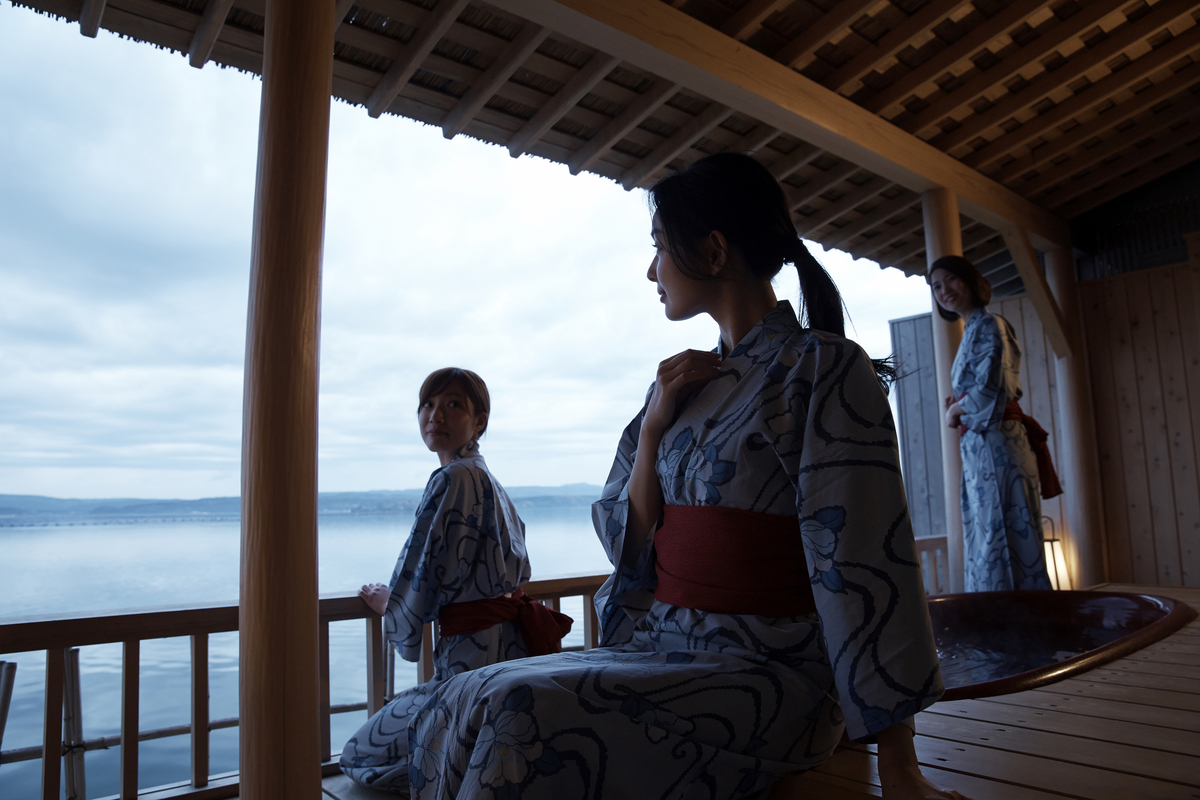
Table of Contents
First of all, get ready at the reception area!

Pay at the reception counter before going into the onsen. As some places don’t provide shampoo or body wash, be sure to buy some at this point if you didn’t bring any. We recommend looking up what amenities are included and the availability of towel rentals before you go.

Before changing out of your clothes, leave your valuables, such as wallet and mobile phone, in the valuables locker. While change room lockers also come with a key, it’s safer to leave your valuables in these designated lockers. While nowadays most onsen offer a valuables locker next to the reception counter, it’s common at traditional onsen hotels for guests to leave personal items with an attendant.
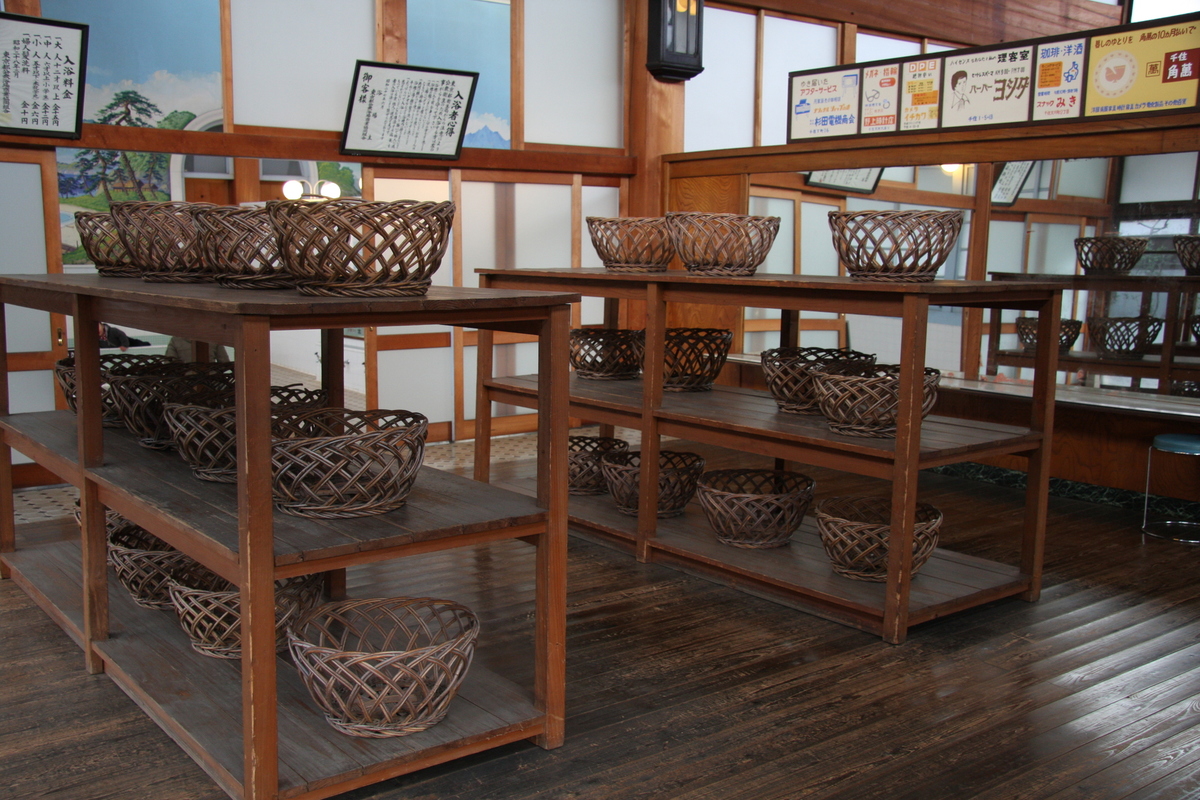
After entering the dressing area, take off your clothes and place them in a basket. The only items you need to bring into the bath are a small towel and bathing set. In addition, you can also bring your own personal shampoo, toothbrush and razor.
How to use the onsen
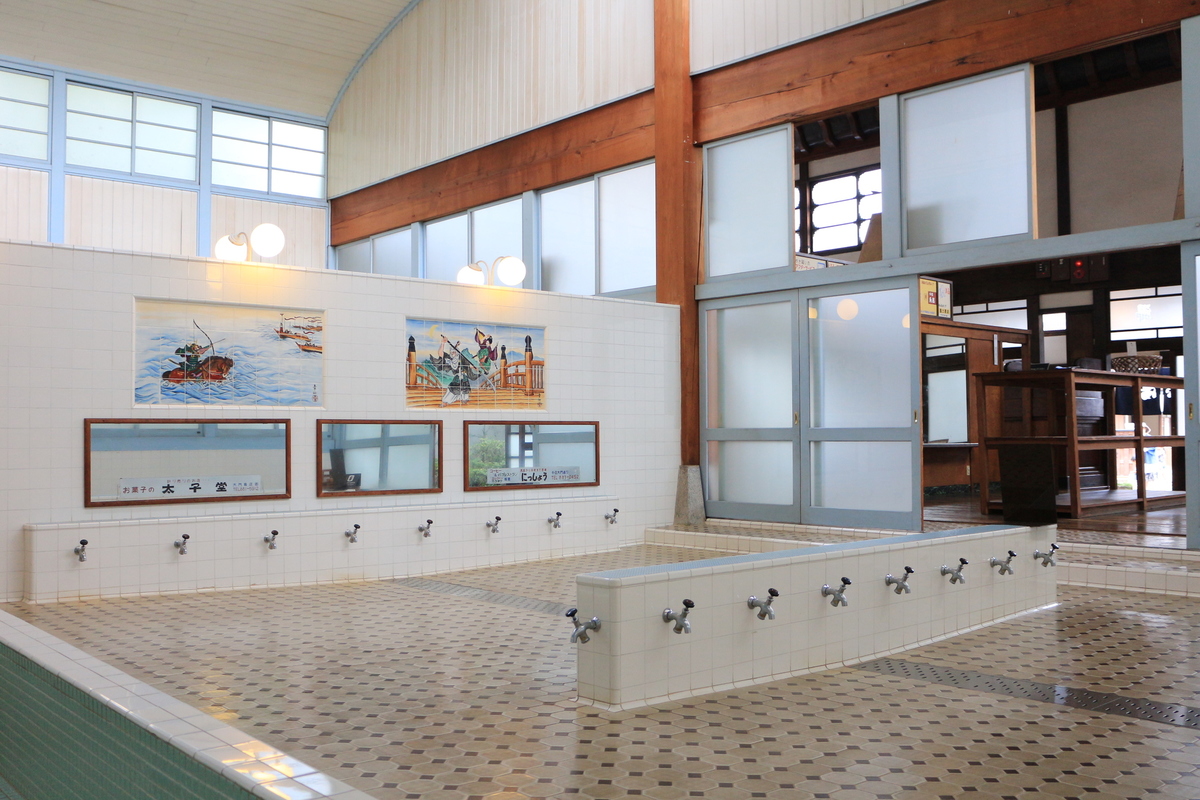
Before you get into the onsen, first rinse your body by pouring a scoop of bath water over yourself. This helps keep the bath water clean by getting rid of any clingy dirt particles on your body, as well as minimizes any impact on your heartrate. You can easily become dehydrated from sweating while in the bath so be sure to hydrate frequently.
A good rule of thumb is to start with lukewarm water!
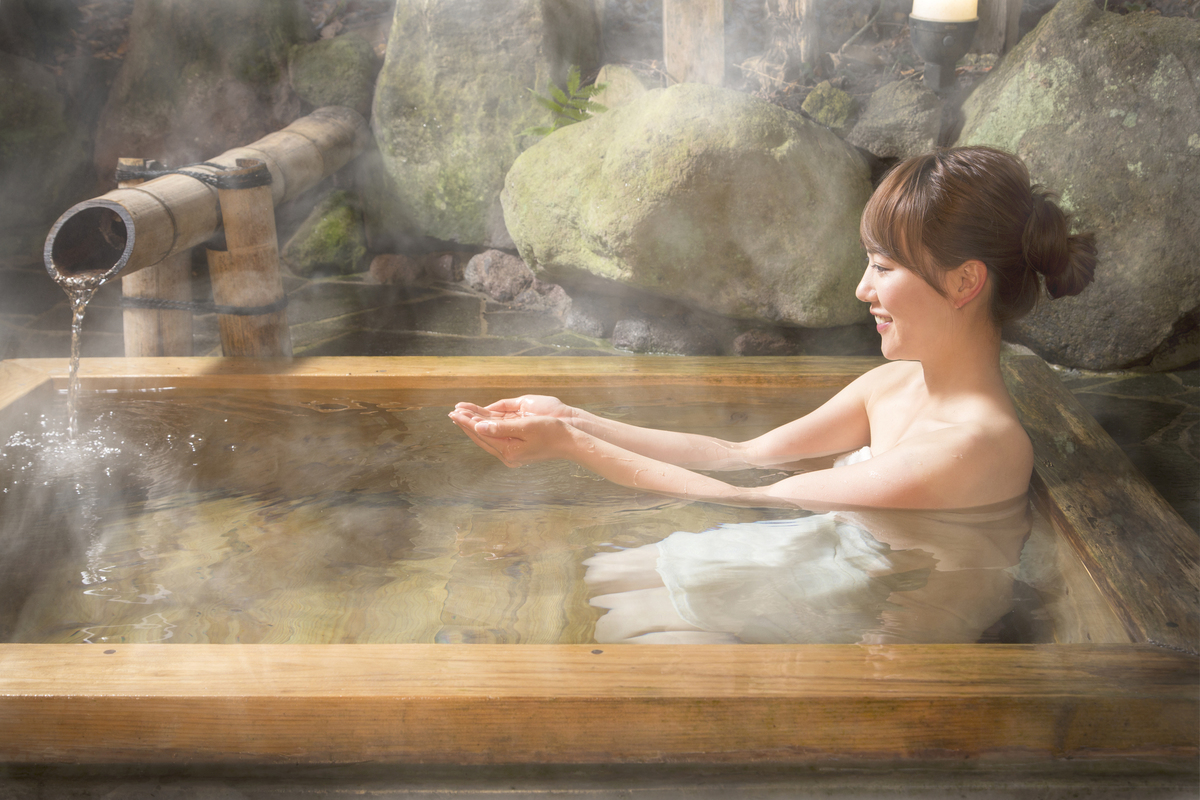
Start from the bath with a lower temperature to allow your body to acclimatize. Your body will become stressed if you go between extreme temperatures. Far from relaxing you, it could actually wear you out.
In the winter, an open air bath can be terribly cold. This raises the risk of suddenly elevated blood pressure if you go directly outdoors without warming up your body first using the indoor bath.
The amount of time you should stay in the bath depends on the bath temperature, but generally the first dip should be 5 to 10 minutes. For a lukewarm bath, this may be 30 minutes. Spend about 10 minutes in a high temperature bath. Any longer and this could wear you out or cause an accident.
Also, be cautious when using onsen with strong therapeutic properties!

For particularly stimulating onsen such as acidic baths, you should avoid using body wash or bar soap because it’s actually better to leave some protective layer on your skin. We recommend wearing a yukata (bath robe) after taking an onsen bath since spring water with sulfur can damage clothing.
Custom dictates that you don’t rinse your body after an onsen bath. The onsen water will form a protective barrier over your skin. We recommend this as it prevents heat loss inside your body and improves heat retention.
Forms of bad etiquette! 8 points to remember
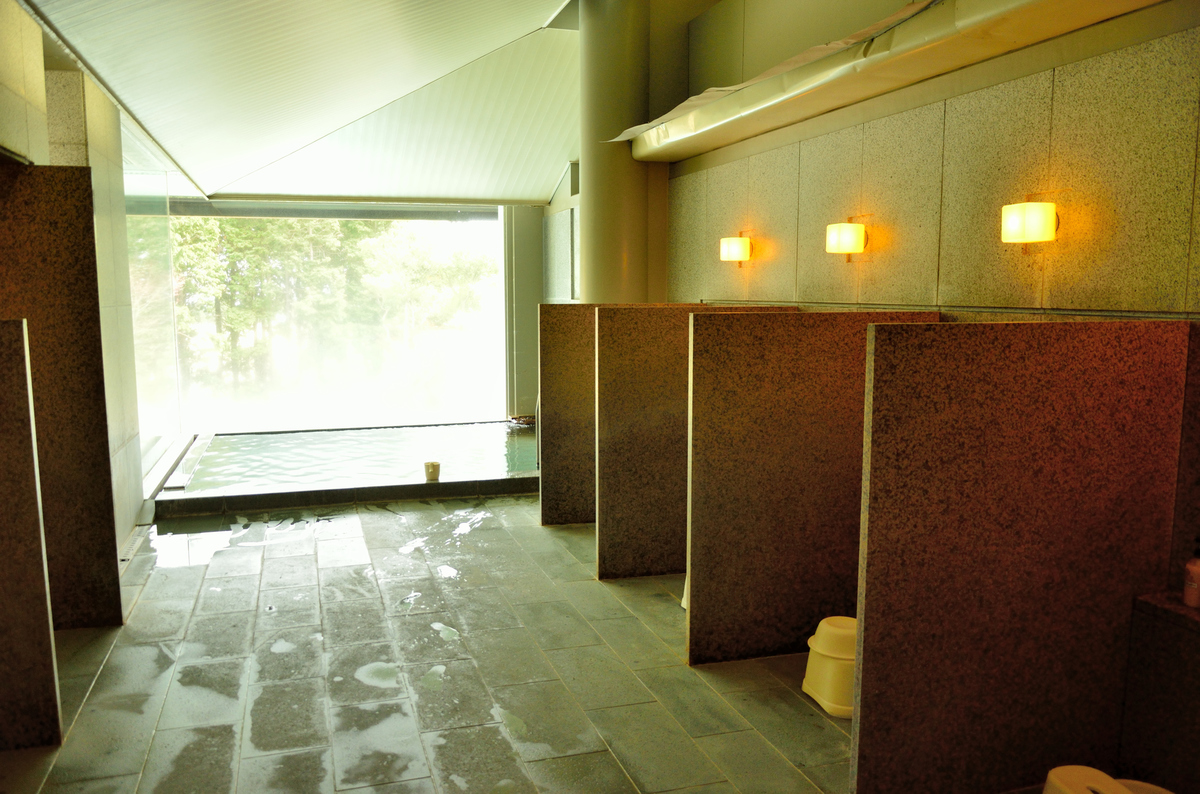
Don’t “save a place” in the shower area
Don’t leave your personal items, such as shampoo or towel, in the shower area in order to “save a place” as they are for everyone to use. Be considerate of others. Don’t spend too much time in any of the tubs, either.
Speak quietly
It’s a public bath, so avoid talking excessively. Be respectful inside the dressing room and bath area as they are shared with other people.
It’s okay to speak in a quiet voice without being a nuisance to others. Enjoy a tranquil moment while soaking in the onsen.
Don’t drink and bathe
Absolutely don’t go into the bath right after drinking alcohol. This not only is a violation of etiquette but also puts your body at a great risk.
In the worst case scenario you might get into an accident. If you feel like taking a bath after drinking, sober up first.
Don’t bring in extra items
It’s impolite to read or eat while in the onsen. Make sure you don’t bring in anything that might soil the bathing area.
Add cold water to cool down the bath
Sometimes there’s a faucet by the onsen to cool down the water temperature, but to do so may be considered impolite.
Water temperature preferences vary depending on the region, but many of those who live in historic onsen villages prefer hot baths. If you’re unlucky, you may get reprimanded by other bathers. It’s best to either enjoy a cooler bath or embrace the hot bath.
Tie your hair up when in the bath
Keep your hair away from the bath as it may carry dirt, dandruff or bacteria. For those with long hair, you can tie it up with a rubber band or towel.
Some people put their head in the water to cleanse their perspiration but this is not acceptable in terms of sanitation. Don’t make the bath water dirty.
Don’t put any towels into the bath
It’s not acceptable to put your hair as well as any towel into the bath. Some people go into the bath with a towel wrapped around their body, but this isn’t acceptable.
Keep the towel by your side or on top of your head. While often overlooked as a breach of onsen protocol, leaving the towel on the side of the tub is actually viewed the same as dipping the towel directly in the bath water.
Wipe your body dry before going back into the dressing room
The purpose of bringing a small towel with you into the bath is so you can wipe your body dry upon entering the dressing area. Walking around the dressing area with wet feet can cause slips or bacteria to grow.
When leaving the bath be sure to wipe water droplets off from your body.
Enjoy onsen with the correct bath etiquette

So there you have it.
Remember this basic information and bathing etiquette so that you can enjoy the charm of Japan’s onsen culture.
Onsen is a big part of Japanese culture with a deeply rooted history. This is exemplified by each onsen region having unique features and charms.
With this background knowledge, you can enjoy any onsen in Japan with confidence. Don’t forget to try out a Japanese onsen bath while on a ski trip!
Pricing information and schedule may not be up to date and are subject to change without notice. Please check before your trip.




